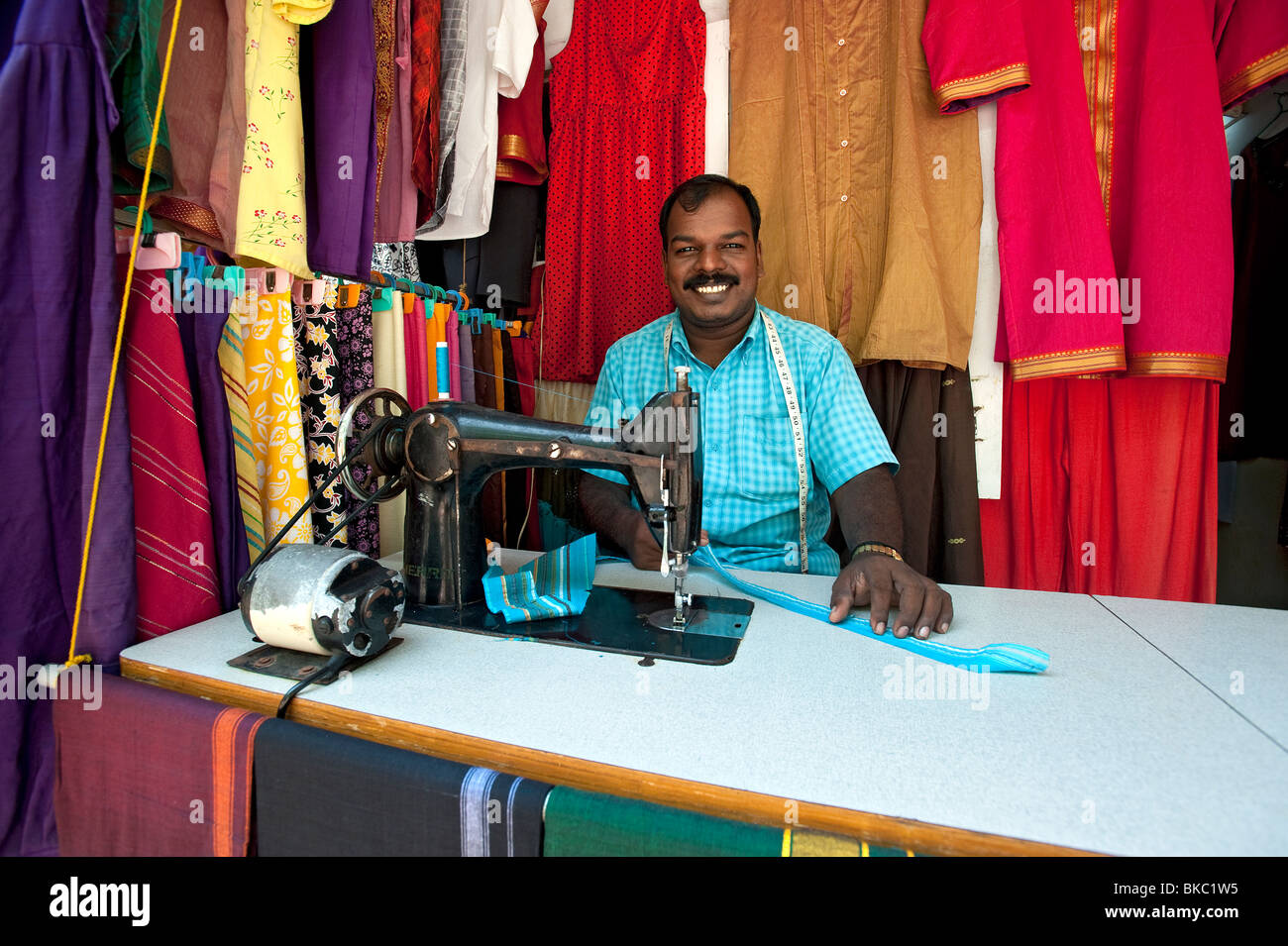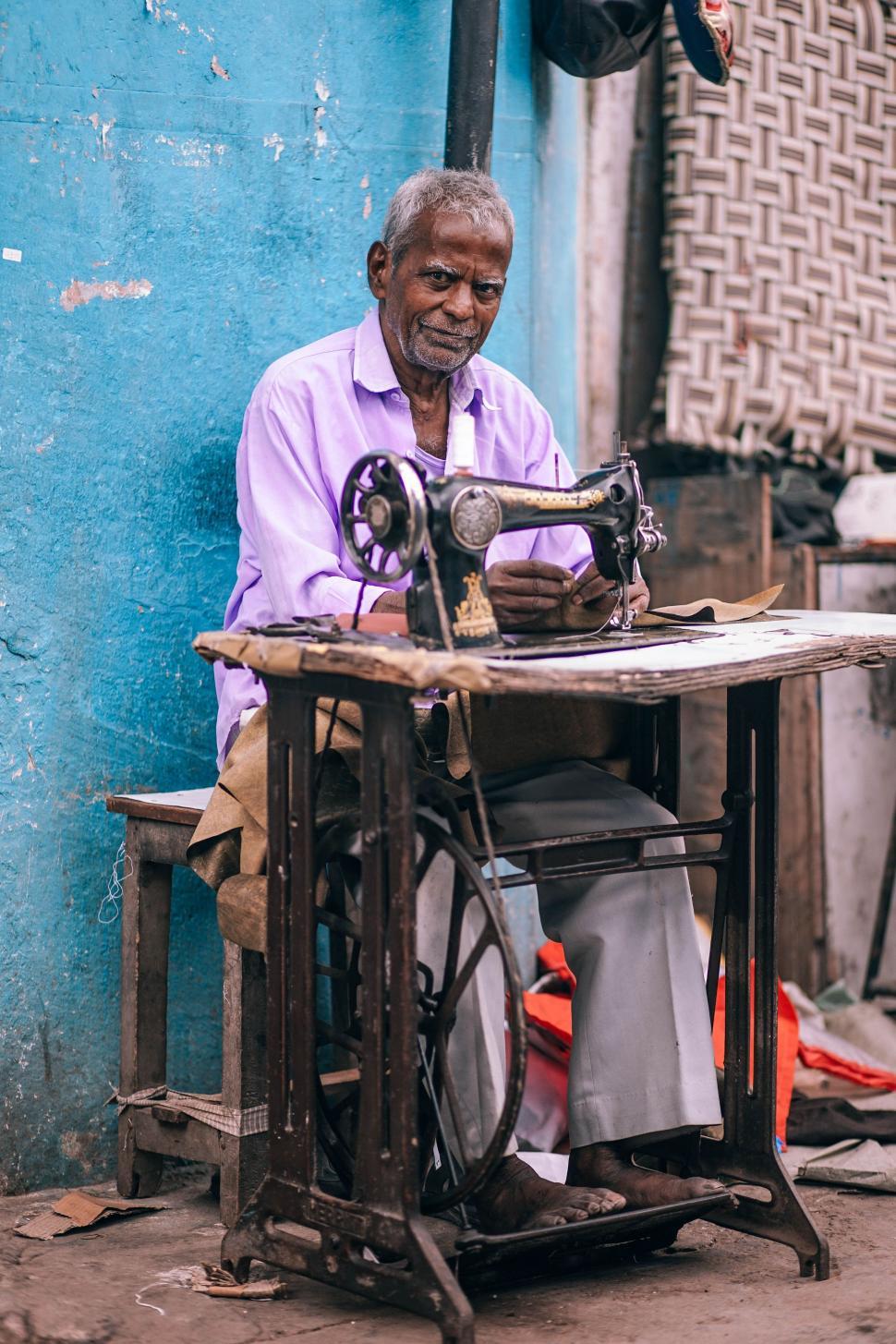Find the most effective Tailor Perth: Premium Tailoring for Distinctive Style
Find the most effective Tailor Perth: Premium Tailoring for Distinctive Style
Blog Article
Recognizing the Tailoring Process: From Textile Choice to Last Suitable for the Suitable Wardrobe
The tailoring procedure is a complicated interplay of art and science, starting with the important decision of material option and finishing in the accurate changes of final installations. Each material kind brings distinct top qualities that affect not only the visual appeal yet also the garment's durability and viability for numerous celebrations.
Value of Fabric Choice
Selecting the ideal material is crucial in the tailoring process, as it straight affects the convenience, sturdiness, and total visual of the last garment (tailor perth). The selection of material establishes the foundation for the garment's style, functionality, and efficiency. Different materials possess special homes, such as stretch, weight, and breathability, which can substantially affect exactly how the garment drapes and fits the body
In addition, material selection impacts the garment's longevity and convenience of treatment. Top quality materials can hold up against wear and tear, maintaining their appearance and framework with time, while lower-quality products might result in pilling or fading. In addition, the right textile contributes to the garment's ability to transition throughout celebrations and seasons, consequently improving versatility.
A tailored item made from an appropriate material not just showcases craftsmanship but additionally boosts the user's confidence. Recognizing the nuances of material choice is critical for any tailoring endeavor. It makes sure that the last product not just meets the visual desires of the client yet likewise aligns with useful requirements, thus accomplishing an unified equilibrium in between form and function in the customized closet.
Kinds Of Fabrics and Their Uses
Comprehending the numerous sorts of fabrics available is essential for making notified choices during the customizing process. Each material has special qualities that determine its viability for particular garments and occasions.
Its adaptability permits it to be customized into everything from tee shirts to outfits. Its all-natural flexibility helps garments preserve form over time.
Silk exhibits high-end and is light-weight, making it excellent for eveningwear and fragile shirts; however, it requires careful handling due to its frailty. Linen, with its distinctive finish, is a popular choice for warm climates, offering a ventilated and crisp feeling, yet it wrinkles conveniently, which might influence the garment's look.
Artificial textiles, such as polyester and nylon, offer resilience and resistance to creases, making them appropriate for everyday wear and energetic apparel. Understanding these material kinds and their homes enables better decision-making, making sure that each tailored piece not only fits well yet additionally straightens with the designated objective and occasion.
The Tailoring Methods Explained
The art of tailoring counts on a variety of techniques that transform fabric right into well-fitted garments. Central to this process is pattern preparing, where a dressmaker creates design templates based upon the customer's dimensions and desired design. This initial step ensures that the garment will certainly fit the wearer effectively prior to any reducing happens.
Once patterns are established, reducing methods enter play. Accuracy is vital as inaccuracies can bring about misfitting garments. Tailors often make use of different cutting techniques, such as single-layer cutting for elaborate layouts and multiple-layer cutting for performance on common patterns.
Basting is another important technique, permitting dressmakers to temporarily sew fabric assemble for an initial fitting. This approach provides the possibility to evaluate the drape and overall shape prior to final sewing.
Seaming techniques, including french seams and flat-felled seams, boost the garment's longevity and aesthetic charm. Tailors likewise use techniques such as interfacing and extra padding to provide structure and form to particular locations, like collars and shoulders.
Last but not least, finishing methods, consisting of hemming and edge ending up, guarantee the garment's durability while giving a refined look. Together, these methods develop the foundation of efficient customizing, causing splendid, tailor-made garments.
Fitting Changes and Factors To Consider

Key considerations consist of the shoulder fit, which needs to neither droop nor restrict activity, and the sleeve length, which ought to allow for comfortable arm activity while keeping a refined look. In addition, modifications at the midsection can fine-tune the silhouette, with alternatives to allow out or helpful site take in fabric as needed.
The surge of trousers is another crucial factor; it needs to sit easily above the hips without creating discomfort, enabling convenience of motion. Hemming lengths for both trousers and skirts must reflect the user's favored design while appreciating proportions.

Keeping Your Tailored Clothing
Proper maintenance of tailored garments is important to protecting their fit and appearance with time. To guarantee longevity, routine cleaning is critical. Always comply with the treatment tag guidelines, which might advise completely dry cleansing for fragile fabrics or machine washing for even more sturdy products. Stay clear of regular laundering, as this can use down the textile and change the garment's shape.
Storage is just as crucial; use padded wall mounts for coats and layers to keep shoulder structure, and store pants folded up neatly or hung to avoid creasing. Safeguard garments from direct sunshine, which can discolor colors and damages fibers.
Furthermore, regular examinations for small repair work can prevent bigger concerns. Inspect for loose switches, fraying joints, or indicators of moth damage, addressing these troubles immediately to maintain the garment's honesty.
Finally, consider seasonal rotation. Putting on tailored pieces in small amounts permits materials to recuperate, expanding their life-span. By executing these upkeep methods, you can ensure that your tailored garments continue to be as beautiful as the day you initially wore them, improving your optimal wardrobe for many years to come.
Verdict
The tailoring procedure, encompassing material choice, competent strategies, and specific fitting modifications, plays an essential role in developing garments that enhance both convenience and design. Each stage contributes to the total efficiency of the end product, making certain that clothing not only fits well yet also mirrors specific identity. Additionally, recognizing the relevance of upkeep extends the life of customized garments, strengthening their worth in a well-curated wardrobe. An extensive technique to customizing culminates in a certain and sleek look.
Picking the ideal material is critical in the customizing process, as it directly influences the convenience, durability, and total visual of the last garment. The choice of material establishes the structure for the garment's design, performance, and functionality. Different textiles have special residential properties, such important source as breathability, weight, and stretch, redirected here which can considerably affect just how the garment drapes and fits the body.
The art of tailoring counts on a variety of strategies that transform fabric right into well-fitted garments.The tailoring procedure, encompassing textile choice, proficient techniques, and specific fitting changes, plays an important duty in producing garments that boost both comfort and design.
Report this page